On March 17th, this date may not seem special to many, but it holds a unique place in the history of Chinese television. Exactly 60 years ago, on March 17, 1958, China’s first black and white television set—the Beijing brand 14-inch black and white TV—was born. This marked the beginning of an era that would shape how millions of people watched the world.
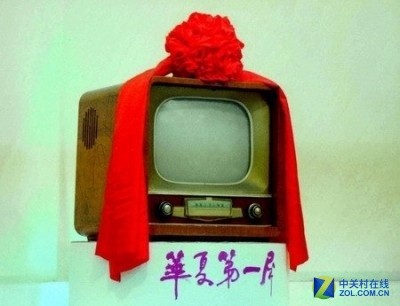
From its birth, through its rise to popularity, to its eventual decline, black-and-white TVs had a journey spanning three to four decades. Today, they are just memories, yet they remain a part of a generation's collective past.
As we reflect on this significant day, let’s take a look at the evolution of Chinese television:
**· 1958–1976: A Luxury for Few**
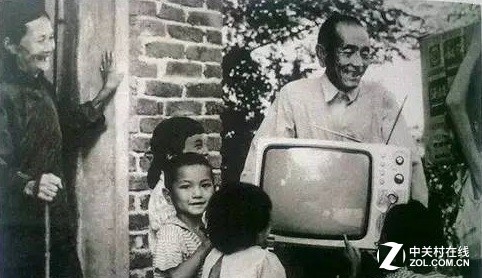
In those early years, black-and-white TVs were considered luxury items. Owning one was a symbol of status. If someone had a TV in their home, they were seen as someone who had “the world†at their fingertips. Watching TV was a rare treat, and those who could enjoy it were often regarded as privileged.
**· 1977–1990: TV Becomes a Household Necessity**
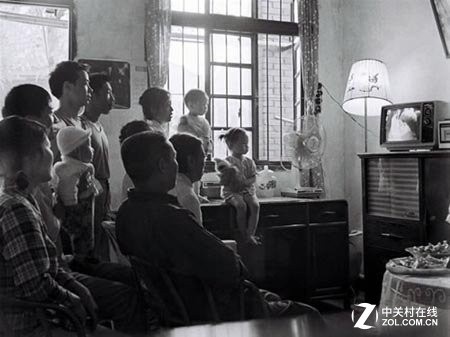
By the late 1970s and 1980s, television became a staple in most homes. In 1987, China produced over 19 million TVs, surpassing Japan to become the world’s largest TV producer. Television stations expanded across the country, and watching TV became a daily routine for many Chinese families.
**· 1991–2003: Domestic Brands Rise**
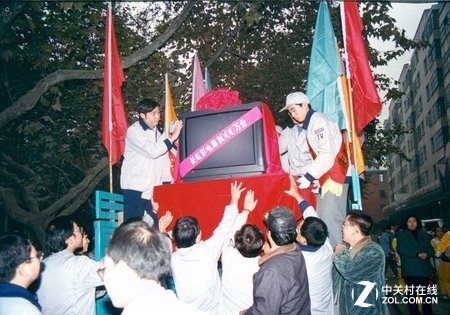
During this period, domestic brands like Changhong and Konka began to challenge foreign competitors. Price wars broke out, allowing Chinese TVs to gain market share. These battles reshaped the industry, leading to the decline of some companies, but also making TVs more accessible to ordinary people.
**· 2004–Present: China Takes the Lead**
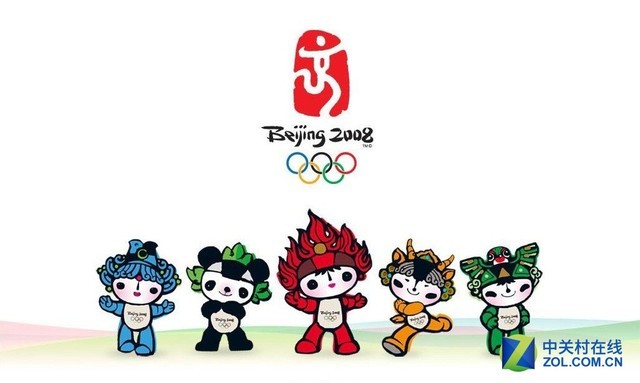
The 21st century brought new innovations. Flat-panel TVs gradually replaced CRT models. The 2008 Beijing Olympics gave a major boost to the flat-screen TV market. Buying a tablet to watch the Games became a popular trend among consumers.
In 2016, China’s TV industry reached a milestone, with color TV shipments reaching 83.6 million units globally. For the first time in years, Chinese brands surpassed Korean ones in sales, marking a global shift in the industry.
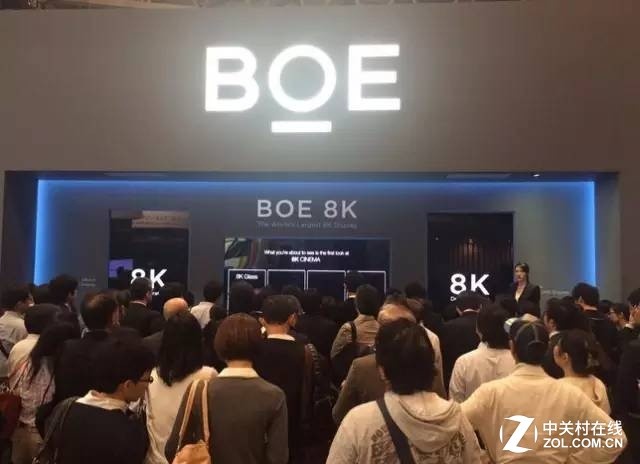
In 2017, BOE, a Chinese company, became the world’s largest LCD panel supplier, surpassing South Korea’s LG.
At AWE 2018, big screens, 8K resolution, and AI integration were the future of TV. Companies like Hisense, TCL, Konka, Skyworth, and Changhong are now global players. With panel prices dropping and the market evolving, the TV industry is preparing for even more changes in 2018.
This year also marks the 60th anniversary of China’s television industry. As we look ahead, we can only hope for more breakthroughs from domestic brands, bringing exciting new visions to the world.
1.0mm Ribbon Connector is commonly used in electronic devices to connect ribbon cables. It is a type of connector that has a pitch of 1.0mm, which means that the pins are spaced 1.0mm apart. This connector is designed to be used with ribbon cables that have a similar pitch.
The 1.0mm Ribbon Connector is typically used in applications where a high-density connection is required. It is commonly used in computer systems, printers, and other electronic devices that require a high-speed data transfer.
1.0Mm Ribbon Connector,Flat Cable Connector,Flat Ribbon Cable Connector,Flat Ribbon Connector
YUEQING WEIMAI ELECTRONICS CO.,LTD , https://www.wmconnector.com